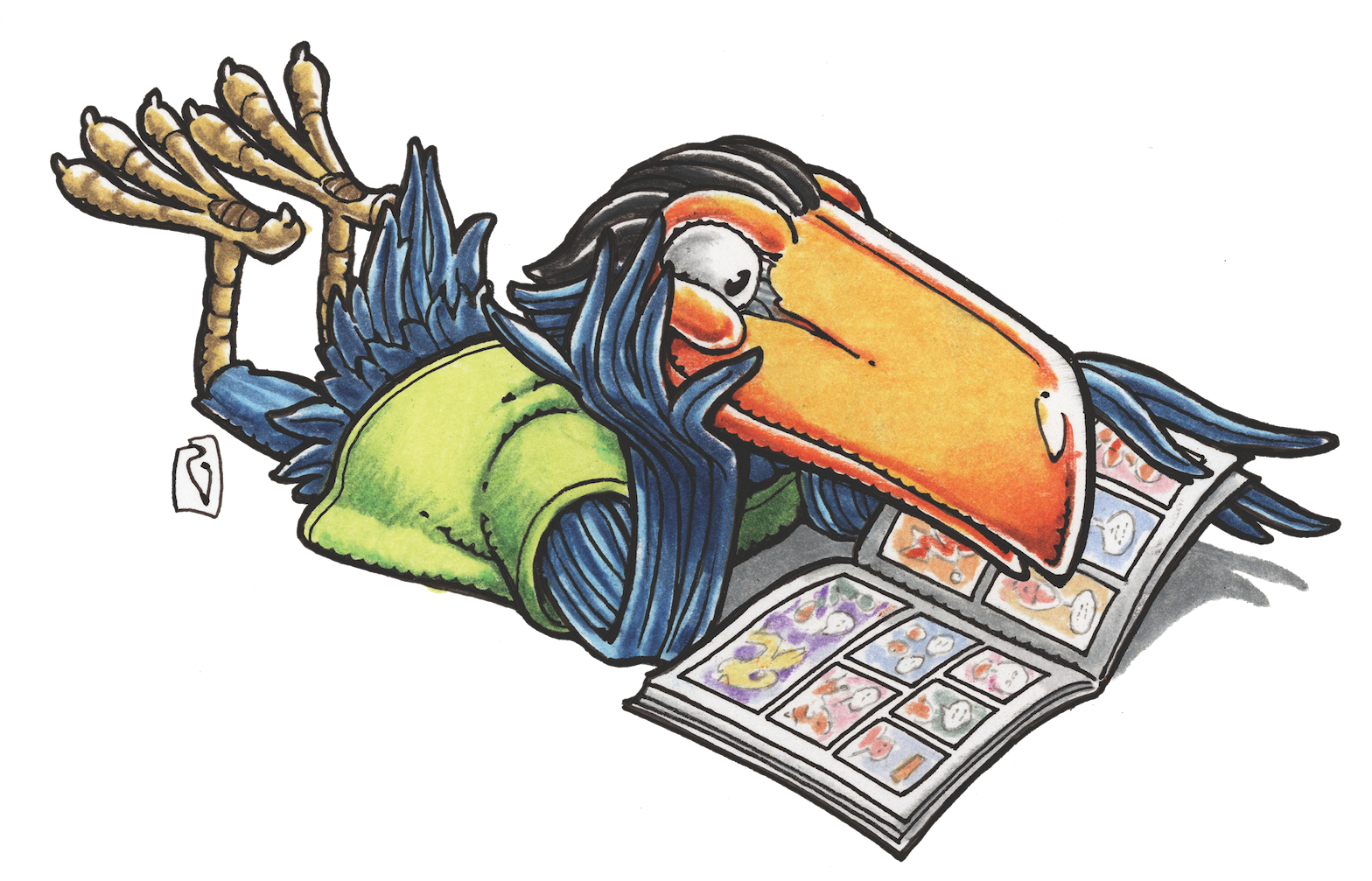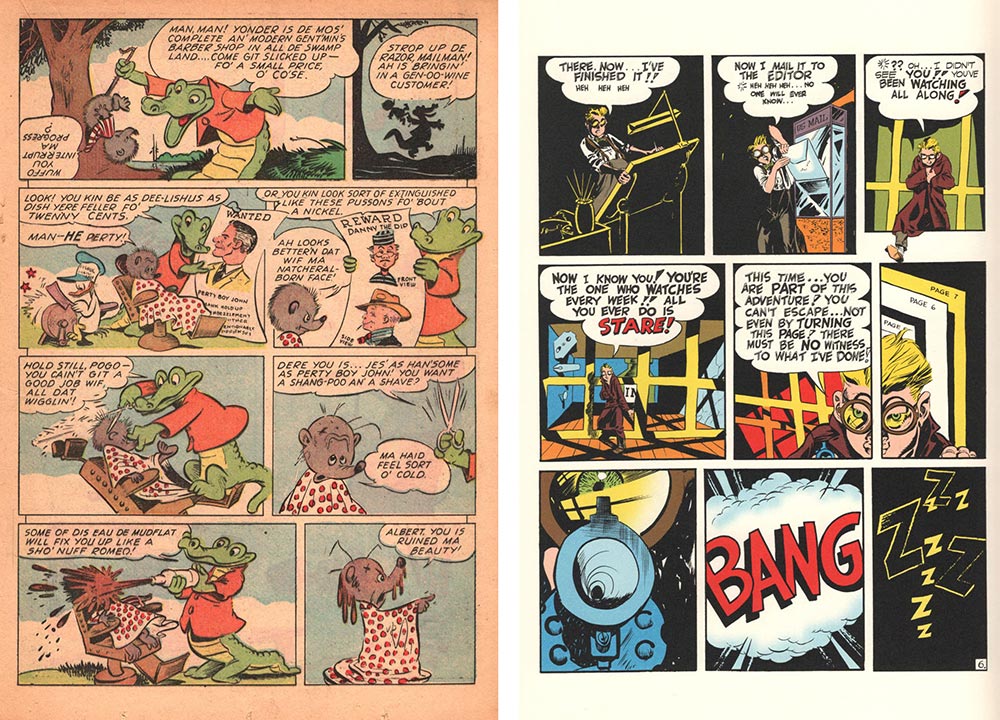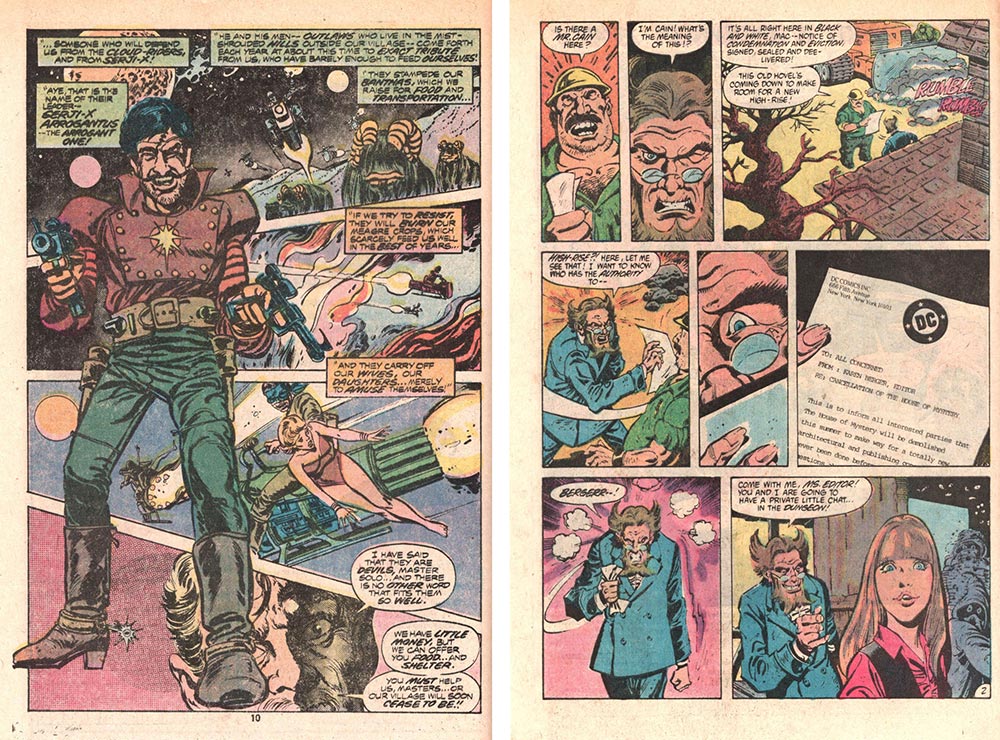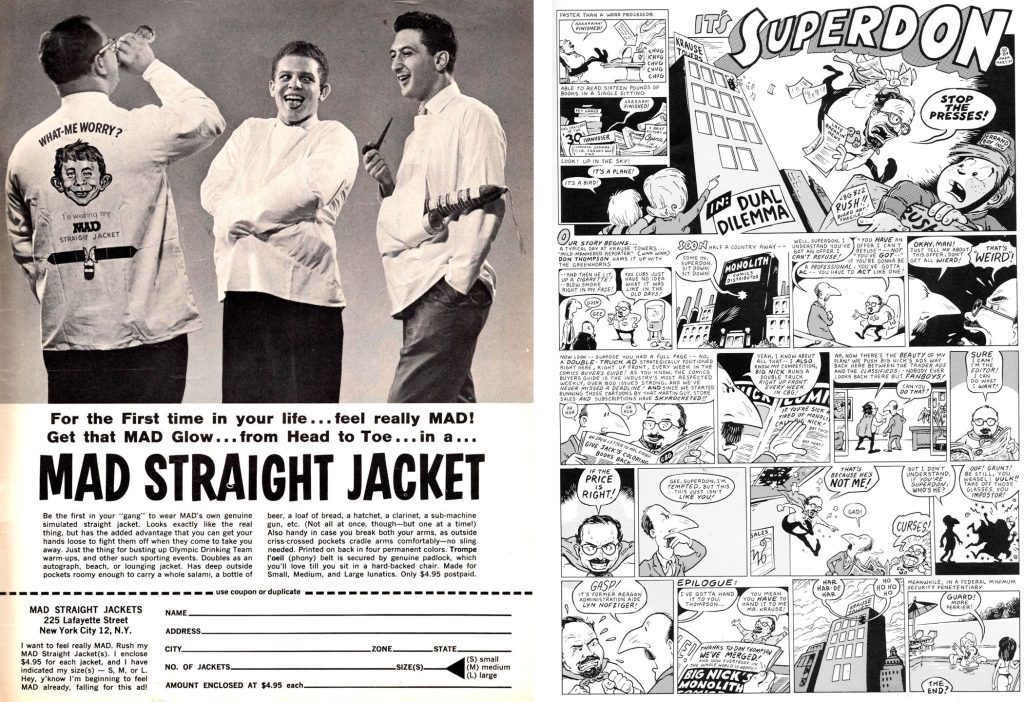MAGGIES WORLD BY MAGGIE THOMPSON
Maggie’s World 088: Who Knew


Reading through Walt Kelly’s “Albert and Pogo” stories for Dell’s Animal Comics recently, I stumbled over one in #19 (February 1946) in which an early duck character wanders in. Looking for someone to fly Pogo around in a duel, Howland Owl suggests using that duck: “Pogo will need a man wif a strong wing and a weak haid—somebody like – mm – mm – Aig Haid Noonan, de wood duck.” Pogo comments, “He look sorta puny.” And things do not go well. (Noonan gets airsick, and Owl comments, “Yo’ ain’t had no Navy trainin’!”)
Here’s the thing: Kelly was friends with cartoonist Dan Noonan when they both worked at the Walt Disney Studios—and continued their friendship after both had left Disney and Noonan went on to serve in the Coast Guard. But Kelly’s readers would have had no idea of any of that, although some might have noticed that the work of a contributor named Noonan had first appeared in Animal Comics one issue earlier (#18, December 1945).
In Dell’s Four-Color #105 (1946), Kelly features “Wanted” posters of cartoonist John Stanley, Kelly himself, and … Well, that’s one of the challenges. I have no idea who the guy is in the side view of “Danny the Dip.” Given the name, though, could it have been Noonan? Or …
I grew up reading Kelly’s stories in comic books and then in strips and often took some of his wordplay as freewheeling invention. When, in that same Four-Color, a bear, afraid he’s ill, exclaims, “Ah is lookin’ wusser by de minute—Ah is probable got de gormleys!” I took it at the time simply as a funny word. As I did years later, in the strip, when on February 1, 1962, I met toddler Grundoon Groundhog’s Uncle Gormley. Five years later (May 11, 1967), when Basher hears of a UFO that shoots “laser beams that would cut a man in half,” the kangaroo exclaims: “Gormley!”
What I did not know was that another Disney artist who went on to work in comic books was a man named Dan Gormley.
So which Dan was “Danny the Dip”?
(For that matter, Grundoon was, yes, a groundhog. But I recently learned that another of the artists with whom Kelly worked at Disney was a man named Frank Grundeen, who had also gone on to work in the comic-book field. Coincidence?)
On a Personal Note
The first year Pogo appeared in newspaper-comic-strip form, “Chug Chug Curtis, the travelin’ duck” appears to inform Albert and Pogo that Harry Truman has won the election. Then, in the last of the pre-syndication strips, readers learned that the name of the mailman duck was “Chloe Curtis.” When the strip went into syndication in 1949, the “Curtis” name stuck.
Three months later, a strip appeared that was collected in the first Pogo book (Pogo, Simon and Schuster, 1951). Albert Alligator greets an obviously different duck, “Well! If it isn’t The Real McGee, the substitute mail man.” The response: “Uncle Regular Curtis is sick—Got a letter fo’ you, Albert.”
But—as was the case in countless instances—almost no one could have known that he was referring to actual people he knew. In this case, it was a couple of his fans: my dad and mom (Edgar and Betsy [McGee] Curtis).
Because Kelly loved tossing in wordplay and inside jokes, even if (or maybe especially when) only his friends got them.

On Another Personal Note
Growing up in a family that read a lot of science fiction, I quickly caught on that creators in pop culture fields occasionally tossed in that sort of reference. Editor and critic Anthony Boucher [a pseudonym] also wrote mysteries under the name H.H. Holmes [itself a reference to a serial killer, better known since Erik Larson’s The Devil in the White City]. Rocket to the Morgue (1942) by “Holmes” features evidence demonstrated by the author himself. (It was a solution based on a skill that Boucher possessed.)
So it was par for my knowledge of pop culture inside gags that husband Don Thompson turned up as a character in two science-fiction novels by Gene DeWeese and Robert Coulson: Now You See It/Him/Them… (1975) and Charles Fort Never Mentioned Wombats (1977). He’s not married to me in either—but it’s clearly Don (and, thanks to his attitudes, he [spoiler!] saves the world). (And he had to sign a release for use of his name.)
But who among the novels’ many other readers had any idea that the character was based on a real person?
(On the other hand, when Don and I both appeared on the cover of Archie Giant Series Magazine #601 (October 1989)—and when the delightful cartoonist Mark Martin contributed a full-page cartoon to our Comics Buyer’s Guide—I think it’s safe to say that many got the jokes.)

Because It Wasn’t Just Walt Kelly
The pop culture universe is filled with creators who know each other. Some of them also enjoy using each other as foils.
Stan Lee featured himself as a comic book character. And people who knew writer-editors Len Wein (House of Mystery #175) and Mark Hanerfeld (DC Special #4 and House of Secrets #81) recognized them instantly, when DC’s two Houses gained hosts Cain and Abel. But many other readers didn’t.
Sometimes, even well-known fans got a tip of the hat. Tom Fagan saw to it that the Rutland, Vermont, Halloween parade featured comics characters. In turn, he became a cross-company comics character.
And sometimes, readers were clearly expected to get the gags. Among the delights of Superman #411 (September 1985) was that readers got to share the in-jokes that contributors brought to the issue that celebrated Editor Julius Schwartz’ birthday. “The Last Earth-Prime Story” by Elliot S! Maggin, Curt Swan, Murphy Anderson, John Costanza, and Gene D’Angelo opened with an image of Schwartz captioned, “It’s a good face, full of the kinds of features people talk about when they say a face has character … lines earned by experience, eyes with just a bit more light behind them than those of the average man, a nose that is—shall we say—distinctive …”
When you catch the in-jokes in comic books, comic strips, and animation, do they make the stories more fun?
Maggie’s World by Maggie Thompson appears the first Tuesday of every month on Toucan!